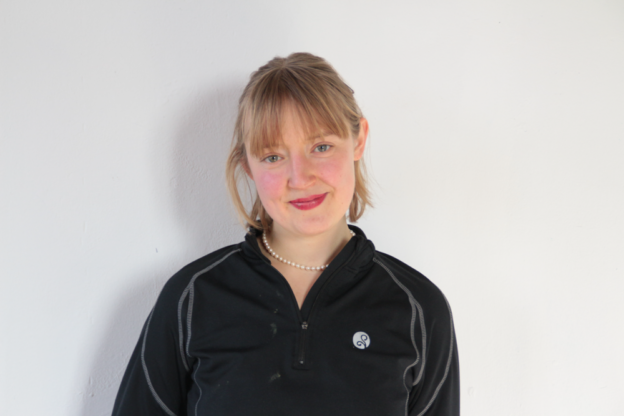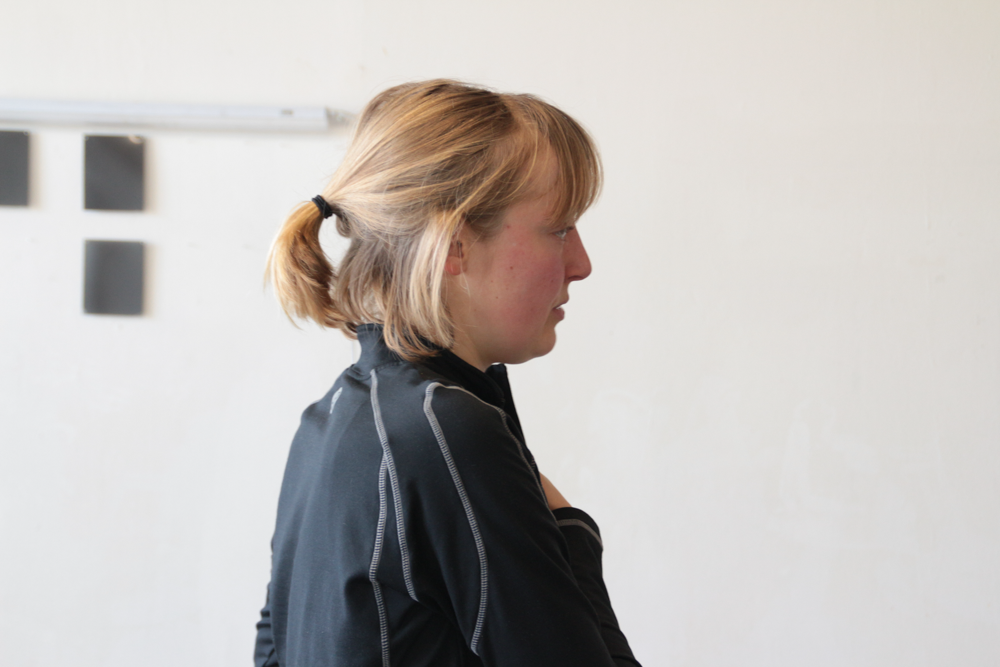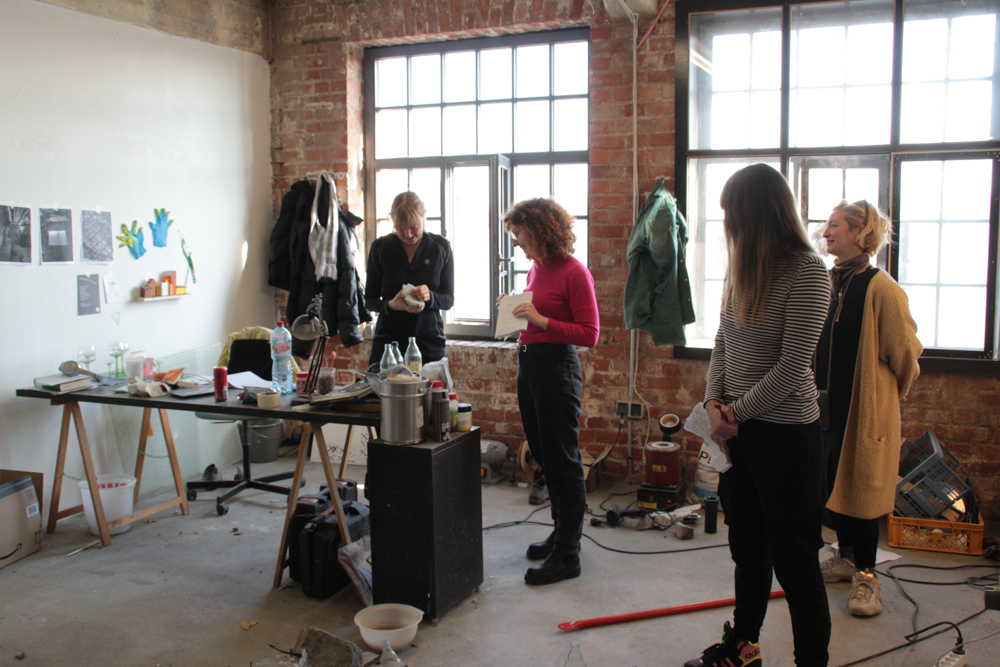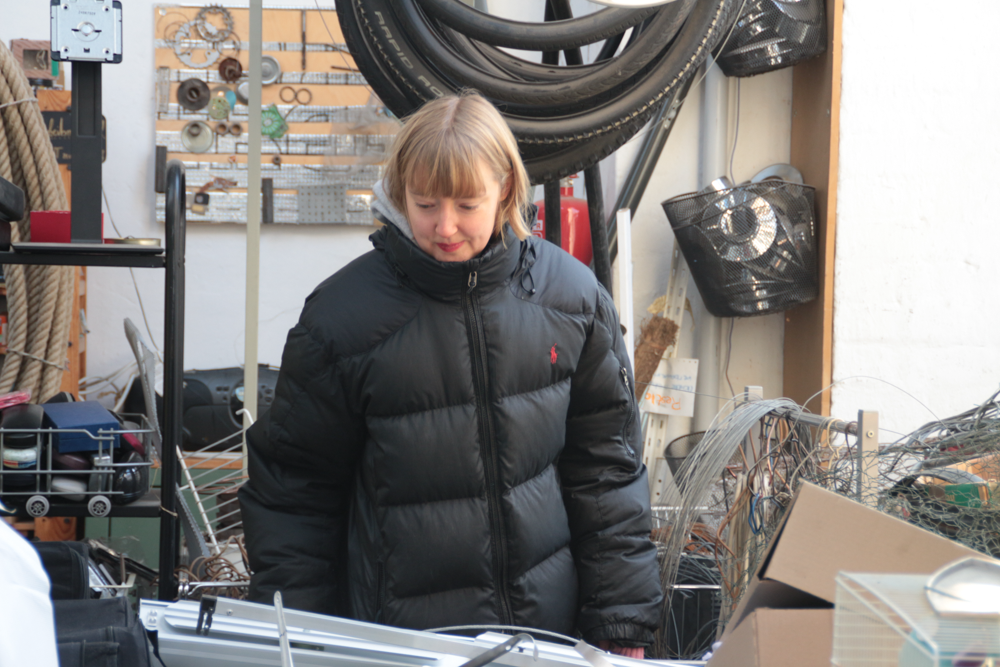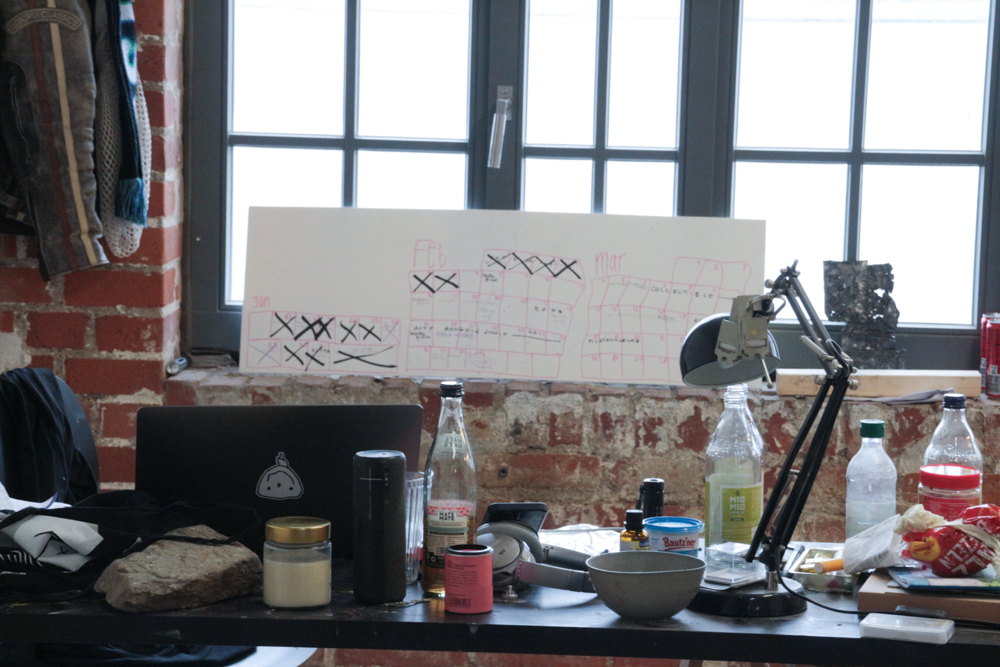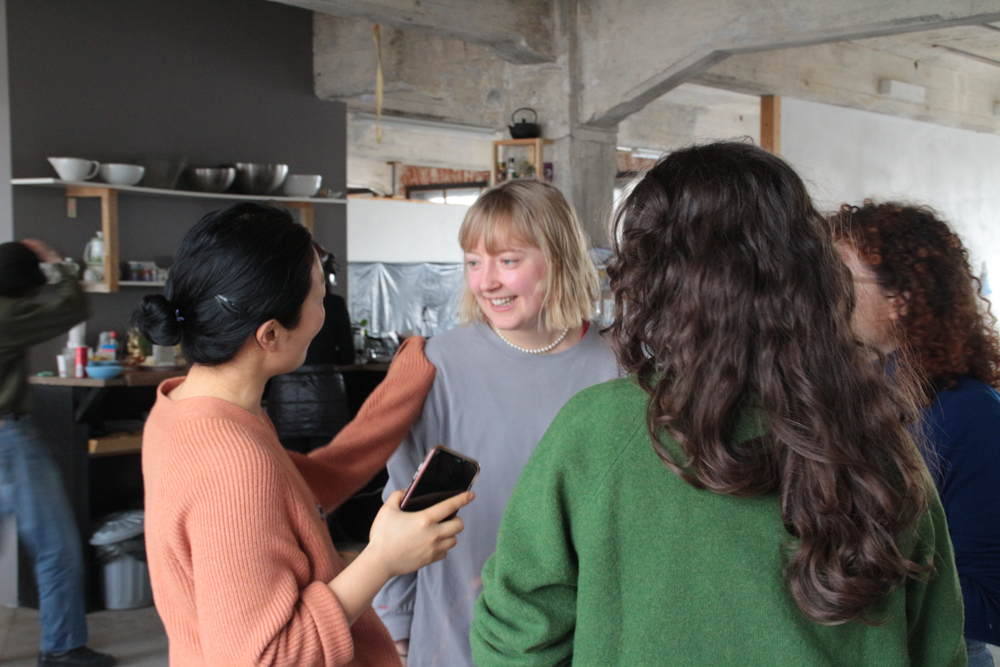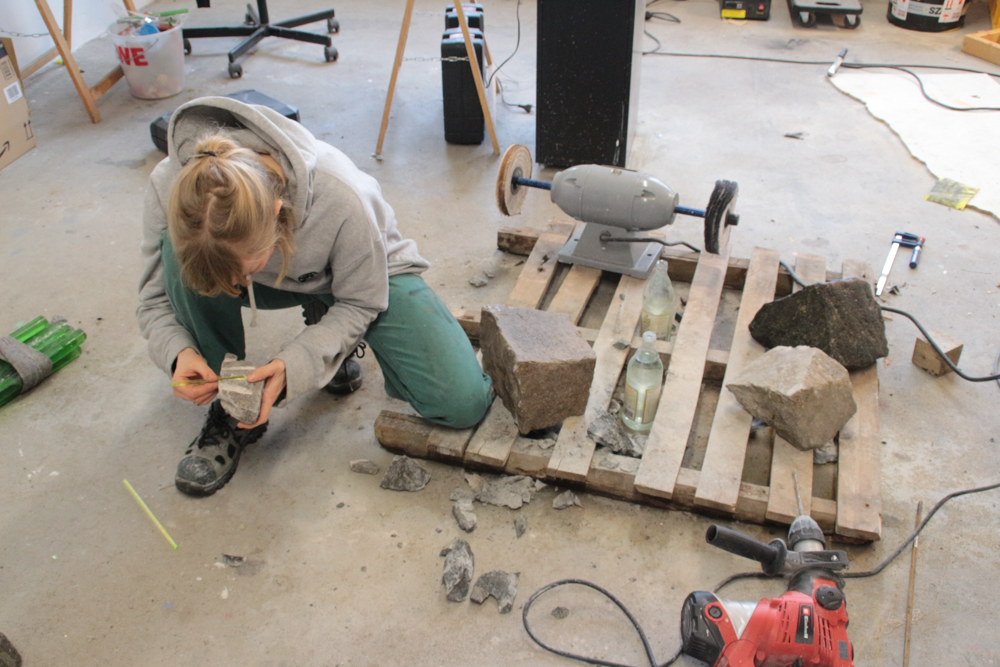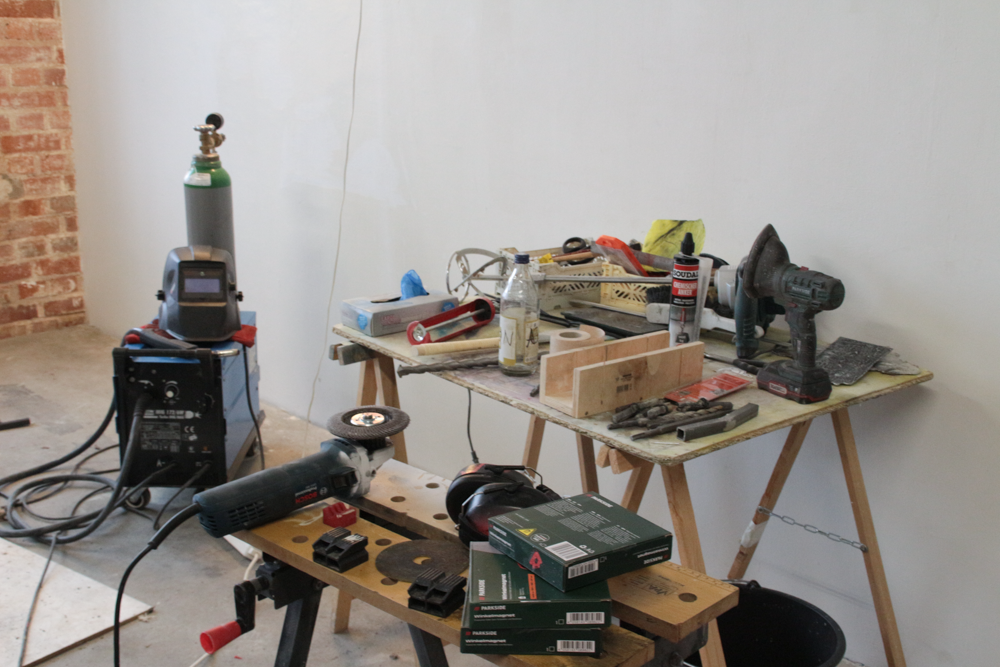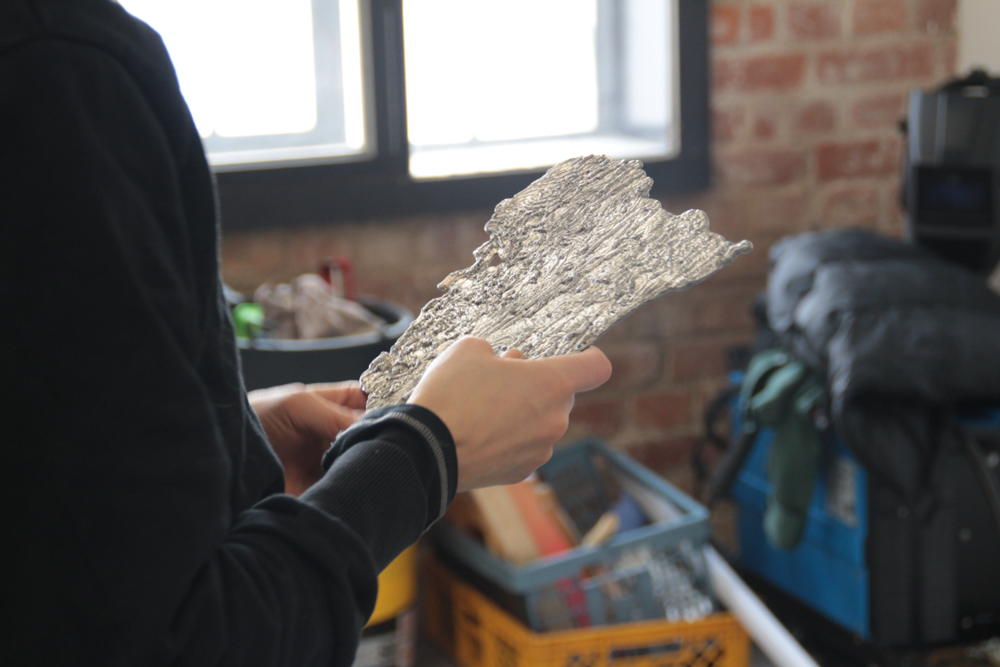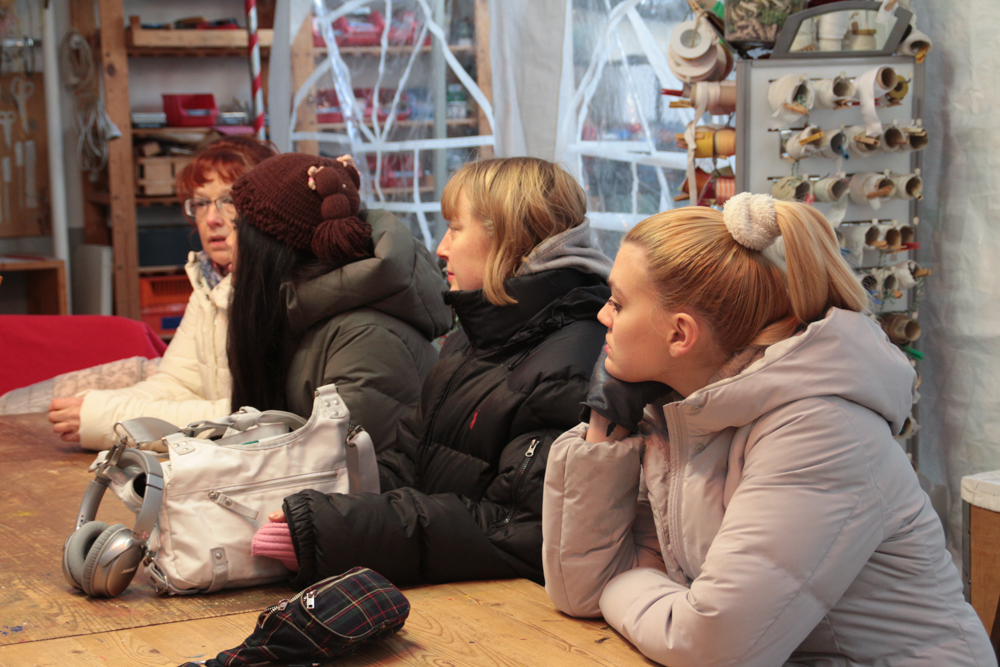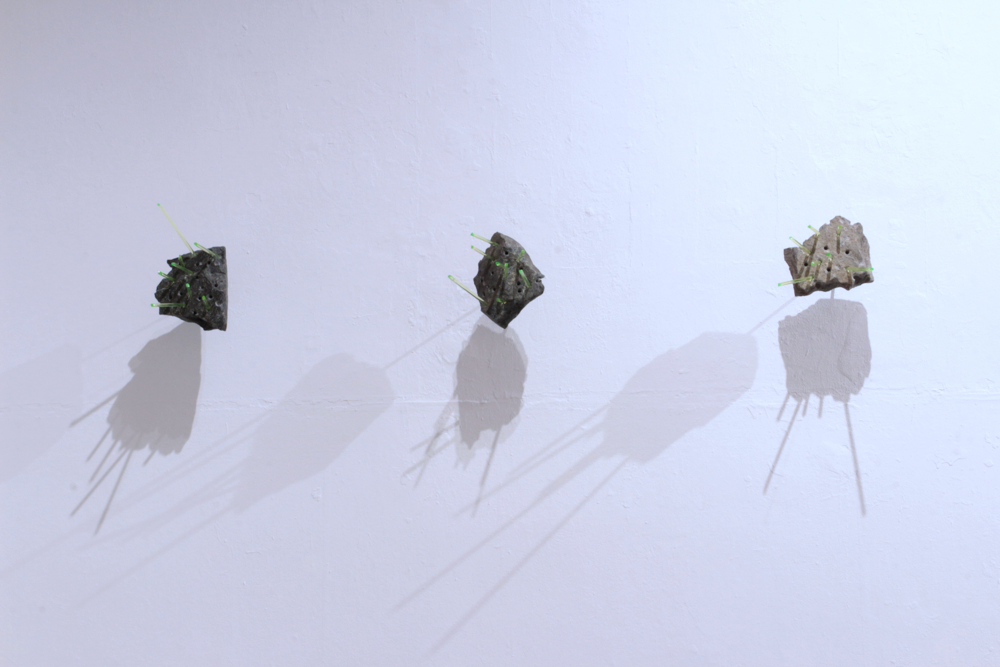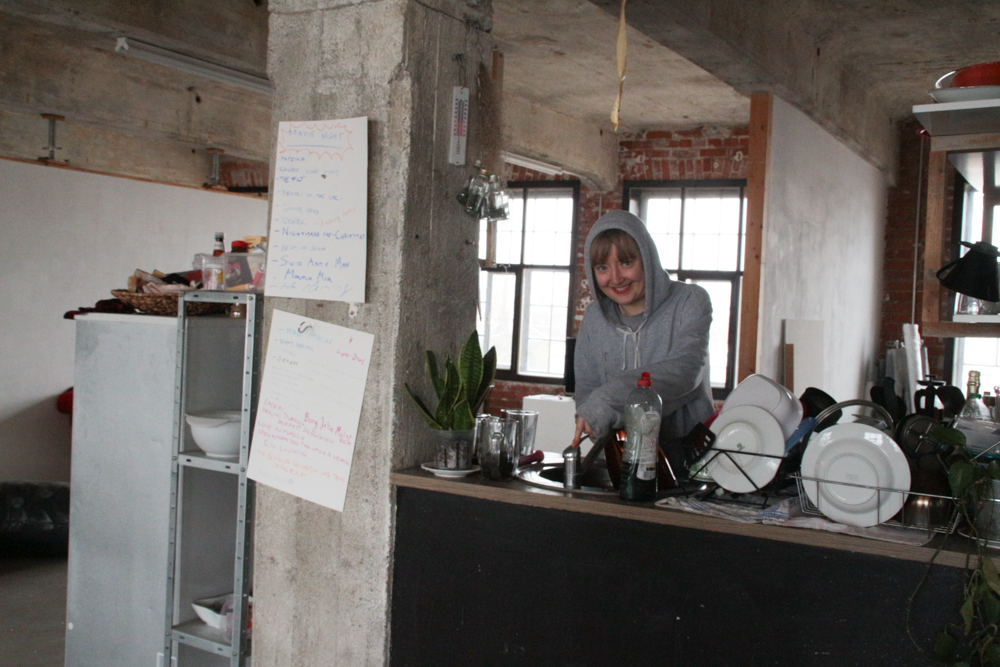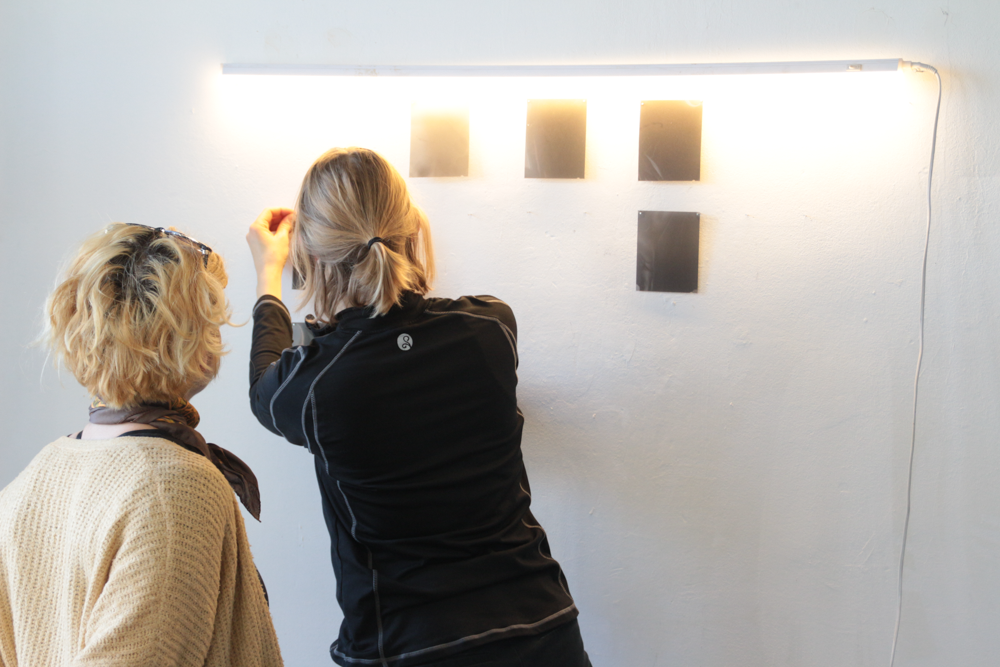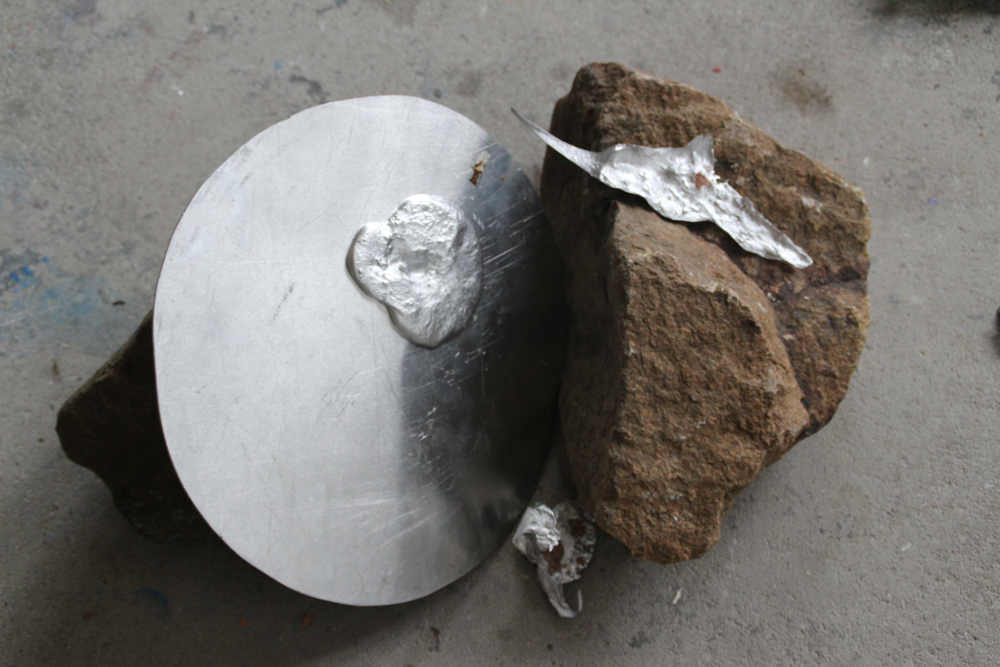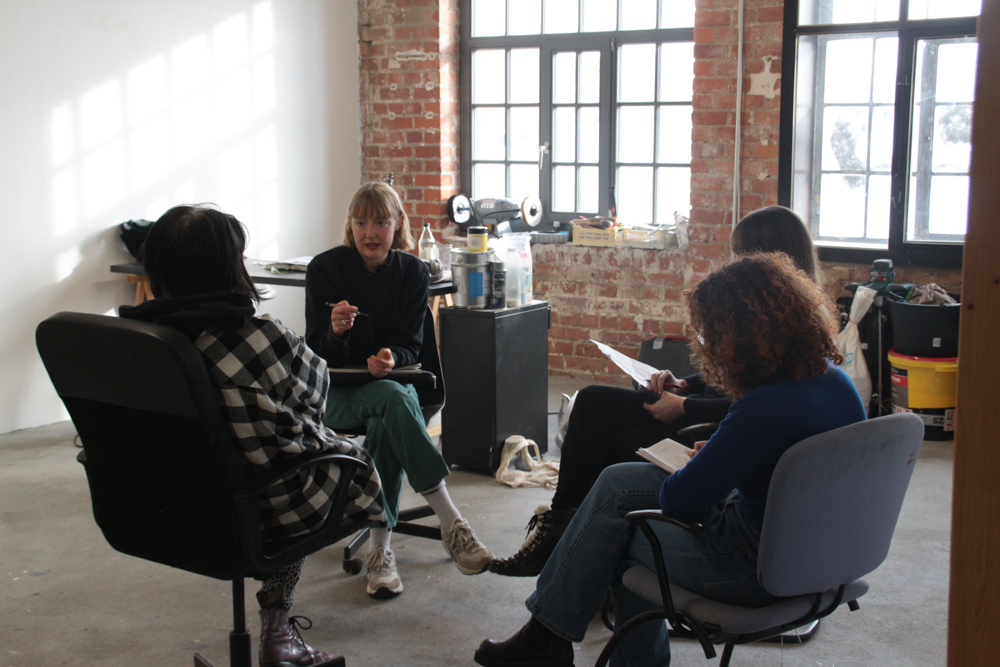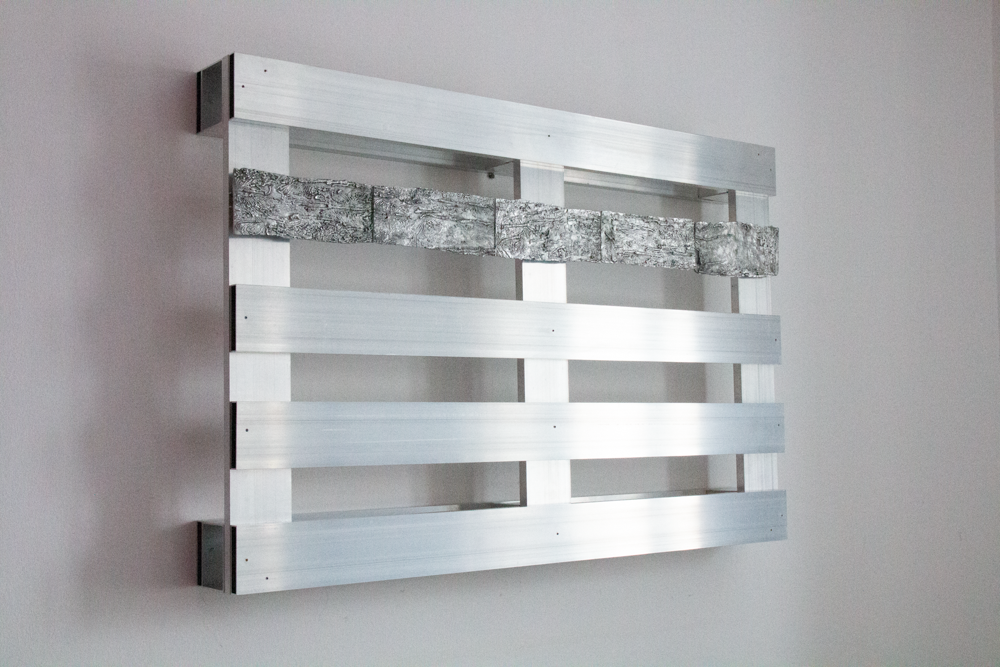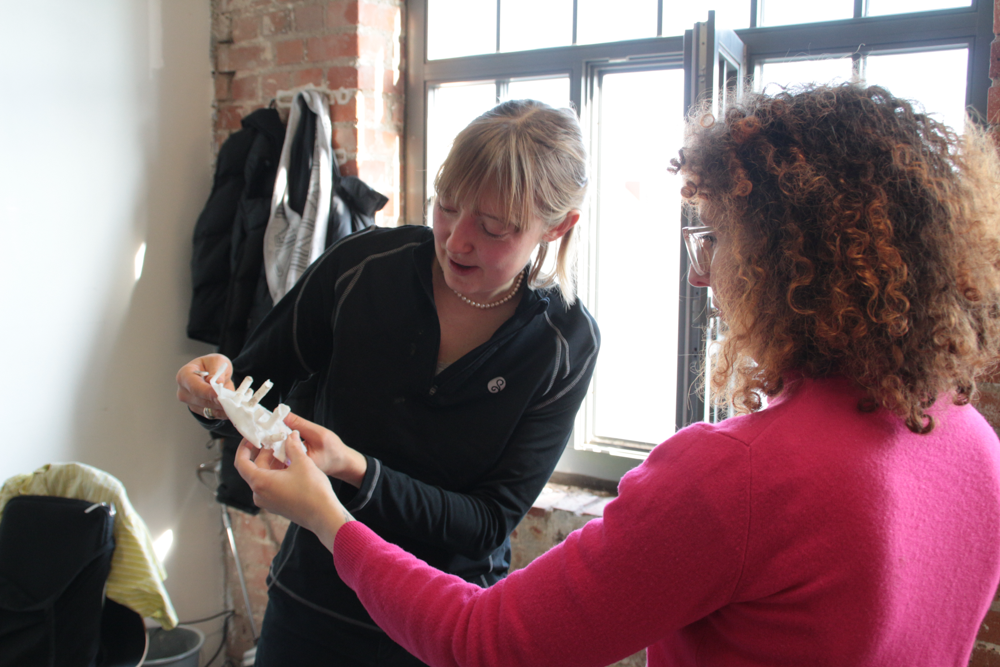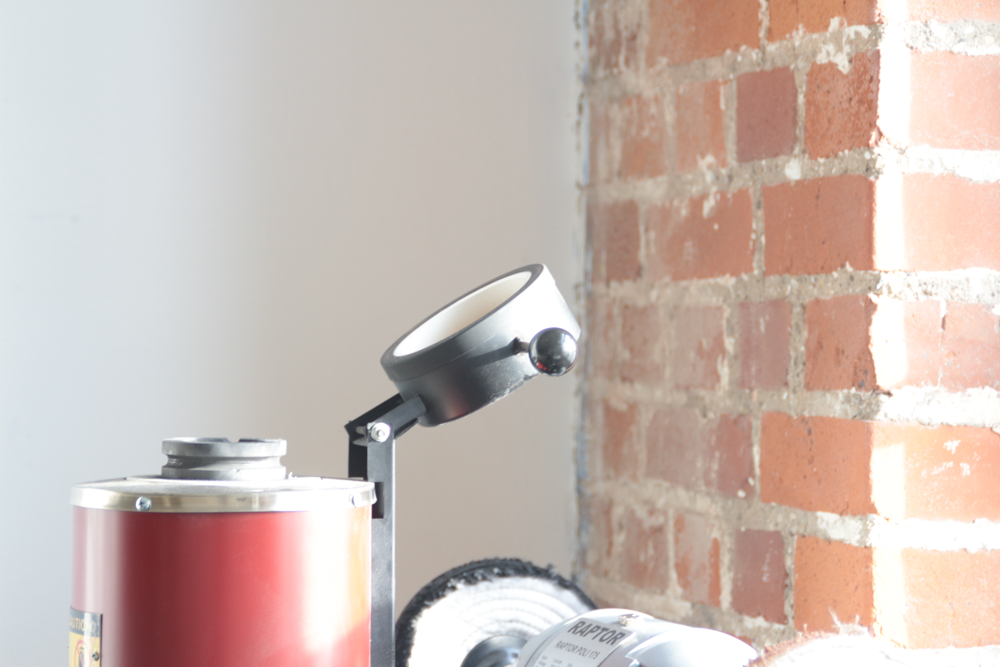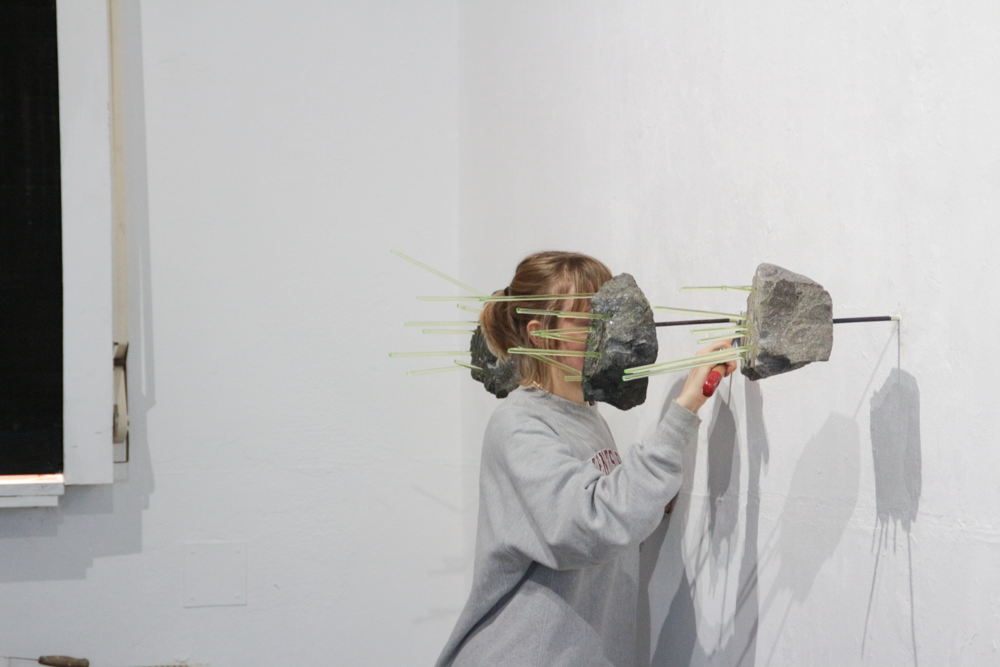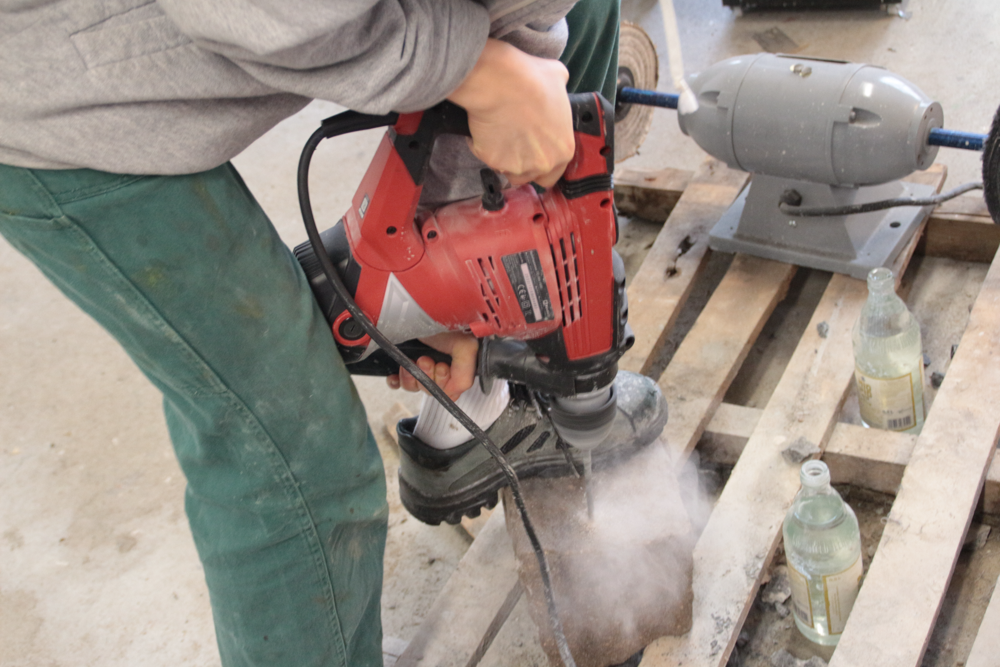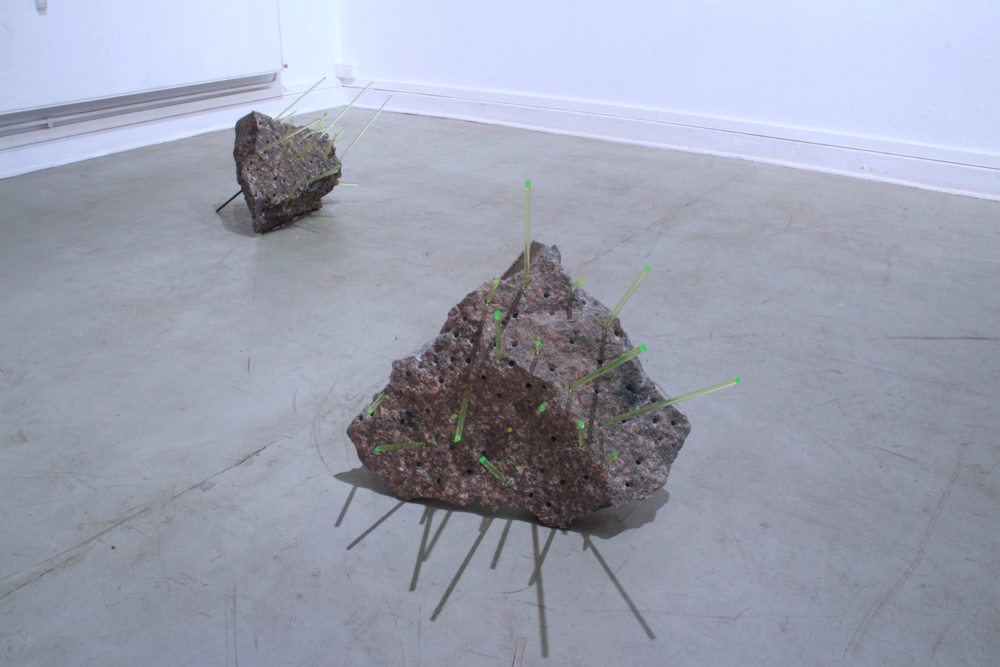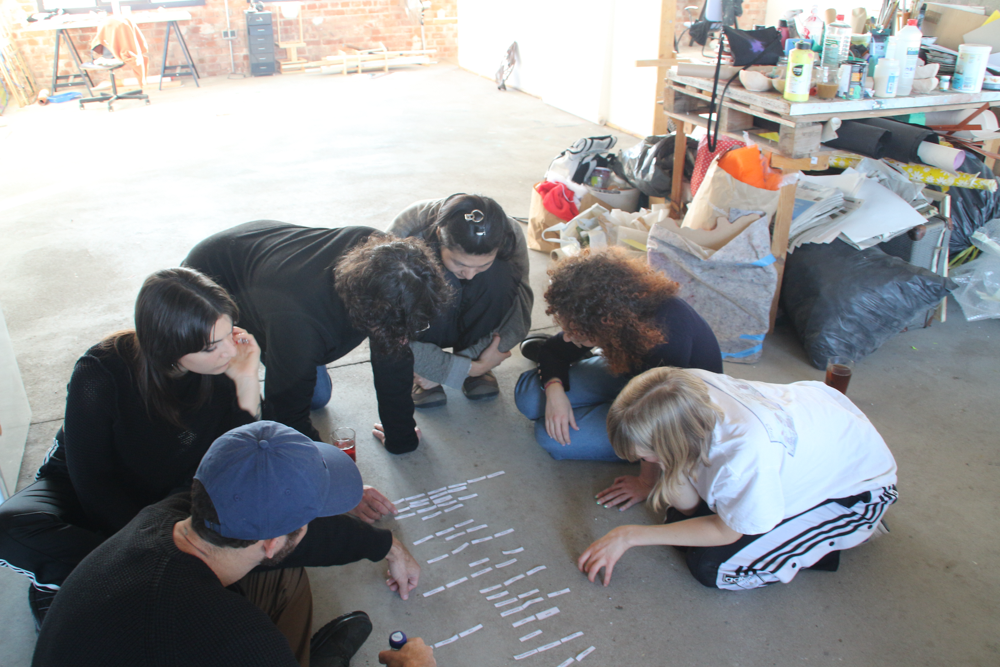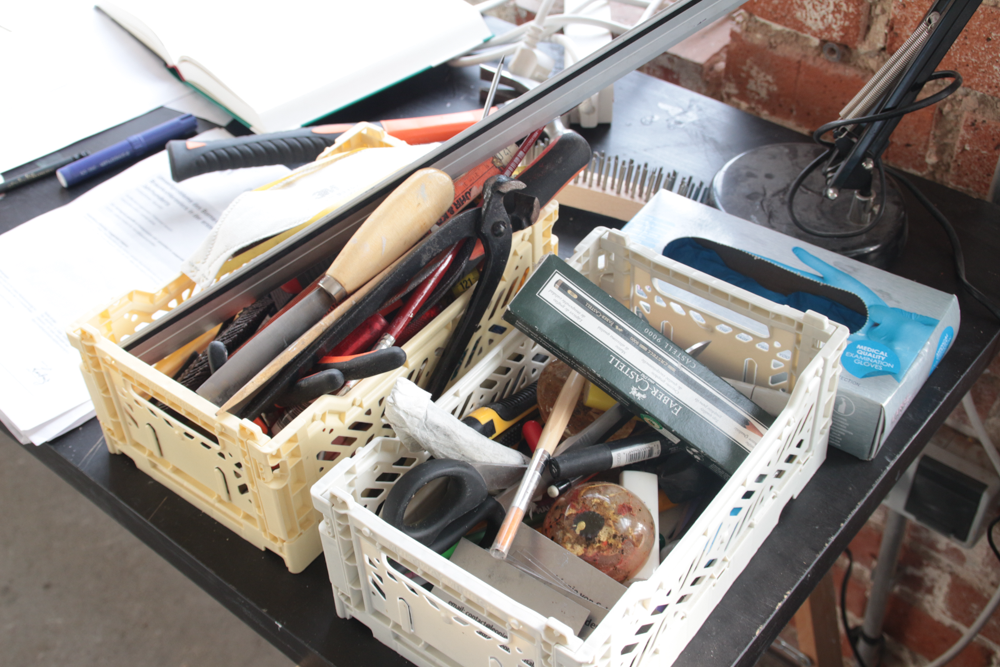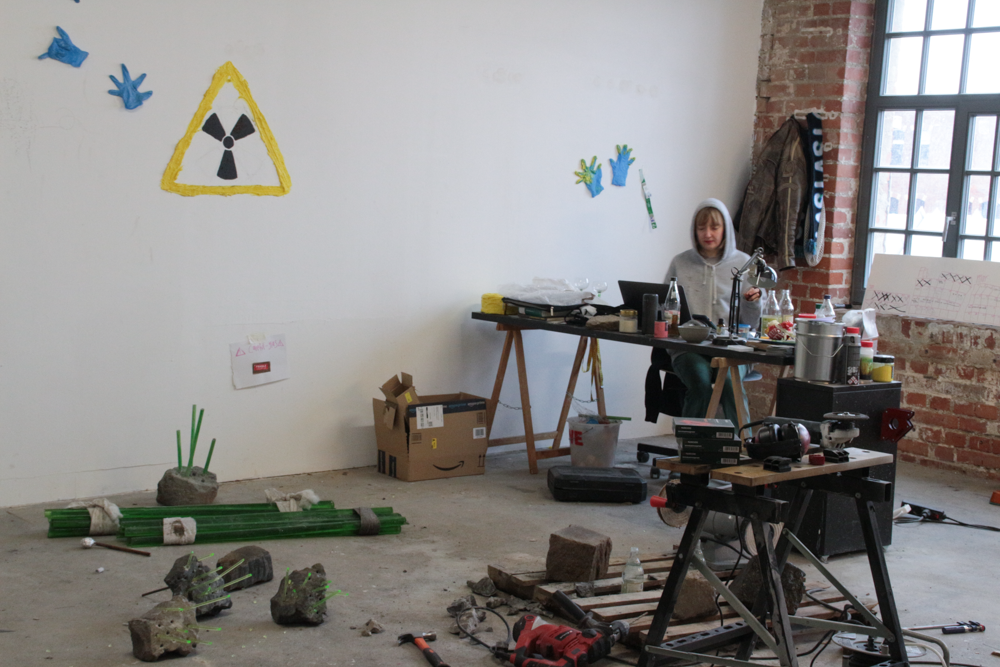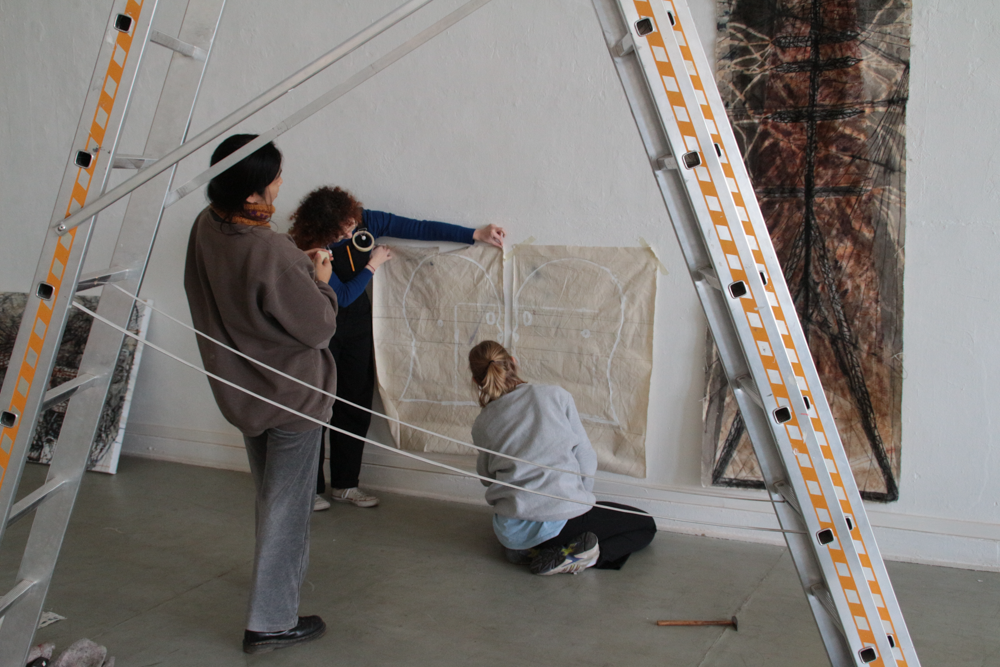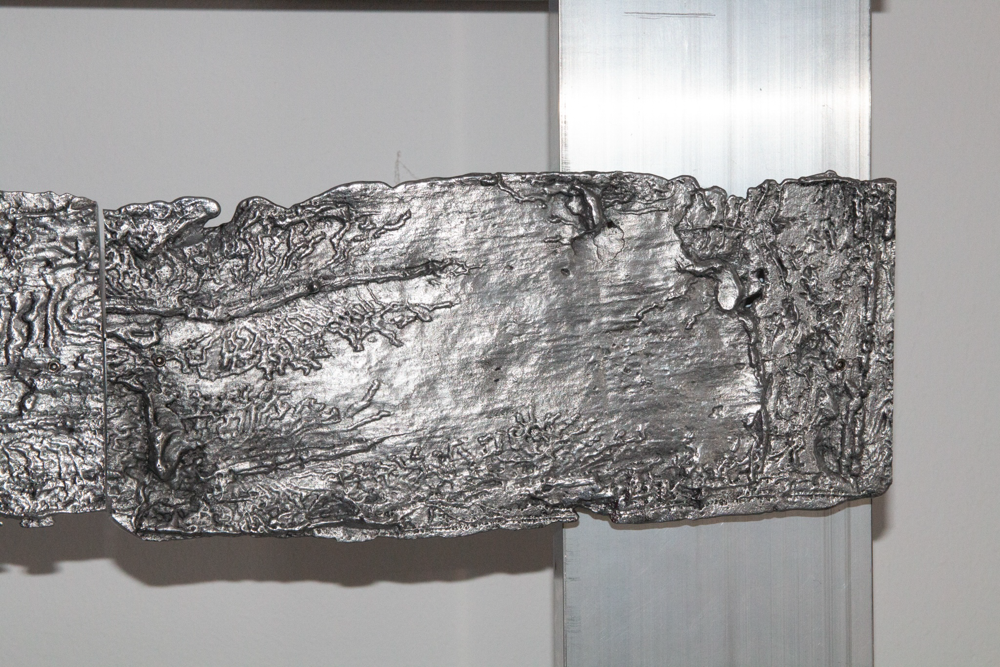Promising German artist Léonie von Saldern finds inspiration in observing the surroundings she lives in. She combines both scientific research and artistic practice as a mean of teaching and raising awareness about the environmental threats we are all facing now.These issues are becoming increasingly urgent and many contemporary artists are looking to nature and environment as their source of inspiration.
Learning from others
Immersed in an artistic environment since childhood, Léonie discovered the delights of creating in the atelier of her grandmother, a painter and sculptor. Thanks to this early introduction to art she developed a passion for creation and an artistic sensibility. Later that led her to pursue studies in design.
She graduated whith a bachelor in interior architecture and furniture design from the Royal Academy of Arts in The Hague. However, it was during internships abroad, with artists such as Pedro Wirz in Zurich Leo Orta in Paris that helped Léonie find her way in art. As an artist’s assistant, she was given the opportunity to contribute to the artists’ projects and also to discover and be part of the whole art and design scene. They not only shared their knowledge and a whole world, but also provided her with workshop and tools. Guided by her mentors, Léonie connected with the art bubble and has perfected her artistic practice. Grateful for their trust and generosity, it was these experiences that enabled her to gain significant skills and knowledge, but also to develop a unique working method.
The hybrid artist
Shared between research and making art, Léonie’s practice is hybrid. Her passion for investigating led her to explore topics and dig deeply into them in order to produce meaningful works. Through her art she reveals unseen facts and encourages people to think about issues, such as the destruction of forests. While staying with her grandparents near Cologne, she observed the devastation of the dark forests from an early age. With the passage of time, the landscape has become less and less green, which intrigued her. Apparently, “the invasion of bark beetles was the only cause of this destruction,” but it didn’t sound right to her. Motivated by the desire to know the truth about such an extreme change, she made it her final year project.
Climate change, planting of spruce monocultures, war reparations, political decisions and eventually human neglect and ignorance have all played a major part. The forest was transformed into a factory with the tree being the product – a product prone to diseases and natural events, such as the bark beetle infestation. To give an idea of the scale, the commercialised spruce tree is by far the most used and thus the most important wood in Europe. In my installation, I approach the case of the spruce tree from different perspectives and unfold the complexity of its history to raise awareness about human destruction of ecosystems. The spruce forest extinction is only one of many examples that illustrates the gap between ethics and human intervention in shared environments.
excerpt from text by Léonie von Saldern
Extracted from dew.nl
photos by PILOTENKUECHE or supplied by artist
Strong conversation with the material
Léonie’s artistic aesthetic is characterized by a raw, industrial sensibility. First attracted by the strength of metal, she has developed a close bond with the material, using welding machines and other industrial tools in her work. This industrial aesthetic with the material is not just formal. It reflects her work’s topic which has its origin in industrial research and the exploration of the impact of human actions on nature.
During her residency at PILOTENKUECHE she investigates on the topic of uranium mining in the area of Johanngeorgenstadt in the Erzgebirge (East Germany). The first works she produced are a merging of granite stones and uranium glass sticks. This depicts the transformation of “the ecosystem, inhabitants, culture and politics into a contaminated scenery. By visually representing complex processes such as radioactivity, Léonie aims to make them more accessible to a larger public. Thus she encourages a better understanding of the subject.
Think collectively
Léonie hopes to make these subjects more accessible to everyone. She is convinced that when people unite, they can make a big difference. She often collaborates with scientists and experts to ensure that she fully understands all aspects of the subject she is investigating on.
“My work is about having the understanding to think collectively.”
Léonie believes in working with others and sharing ideas, not just in her art, but also in a more general way. She believes when people collaborate, they can achieve more. Her art reflects this belief and seeks to gather people to understand complex issues. Committed to environmental protection, she aims to raise awareness on the impact of human action on nature. She does not wish to blame anybody, but to encourage awareness and learning.
Written by Margot Lallier
Keep up with Léonie von Saldern on her instagram .
Order Connection Order
Vernissage: Sat 17 Feb 7-10 PM
Open: Sun 18, Fri 23 – Sun 25 4-8PM
Alte Handelsschule
Giesserstr 75
04229 Leipzig
Barbed-wire Ghost
Vernissage: 16 March 7-10 PM
Open: Sun 17 – Wed 20 March 4-8 PM
PILOTENKUECHE
Franz-Flemming-Str 9
04179 Leipzig

